The Emotional Side of Investing: Understanding Where People Struggle
There is something deeply human about the way we deal with money.

For many of us, it is not just numbers; it is emotion. It is security, pride, fear, and hope wrapped into one quiet thought: “Will I be okay in the future?”
You open your banking app and see ₹10,000 sitting idle.
Your heart whispers, “I should invest.”
But your mind interrupts, “What if I lose it?”
That tiny inner conflict is where most people get stuck. It is not about not knowing where to invest; it is about not trusting yourself enough to take the first step.
Why Investment Confusion Is Emotional, Not Just Financial
When it comes to investing, we are not fighting numbers; we are fighting our psychology.
Our brain is wired for survival, not growth. It wants safety. That is why the word “risk” feels heavier than the word “return.”

Even if logic tells us that mutual funds or equities outperform in the long run, our subconscious still leans toward the comfort of a fixed deposit, something we understand.
But here is the paradox:
To stay safe, we avoid risk. Yet by avoiding risk, we lose the only chance to grow.
The emotional comfort of safety often costs us the silent pain of stagnation.
The Psychology of Decision Paralysis in Indian Investing
When faced with too many choices, mutual funds, FDs, SIPs, gold, stocks, the brain freezes. This is called analysis paralysis. We want to make the perfect choice, so we make none.

It is the same reason someone might research gym plans for a month but never step inside one.
Our fear of “doing it wrong” quietly steals years of potential growth.
If you’ve ever found yourself stuck between fear and desire, you’ll relate to Why You Keep Chasing Quick Profits — a guide to understanding how emotions quietly hijack financial logic.
Balancing Fear and Desire: The Investor’s Inner Conflict
Your desire says, “I want to grow my wealth.”
Your fear says, “I don’t want to lose my savings.”
Real investing begins when both start cooperating, when you learn that growth requires controlled discomfort.

The goal is not to kill fear; it is to understand it.
Because when understood, fear becomes focus.
You can go deeper into this idea in our article Financial Anxiety Is the Modern Disease: How to Heal Money Fear & Stress, where we explore how financial fear disguises itself as caution.
The Practical Foundation: Defining an Investment
Let us strip away the noise for a second.
An investment is simply this:
👉 Your money working while you rest.
That is it.

To understand how to create a system that keeps your money productive, not idle, read Your Financial System Needs a Dashboard — Not Just Dreams.
You let your money join the economy, in companies, bonds, gold, or government instruments, and in return, it brings back a reward called return.
But not all investments grow the same way, and not all investors think the same way.
That is why before choosing, we need to understand three pillars that govern every investment on Earth.
The 3 Golden Pillars of Indian Investing: Safety, Liquidity, and Returns
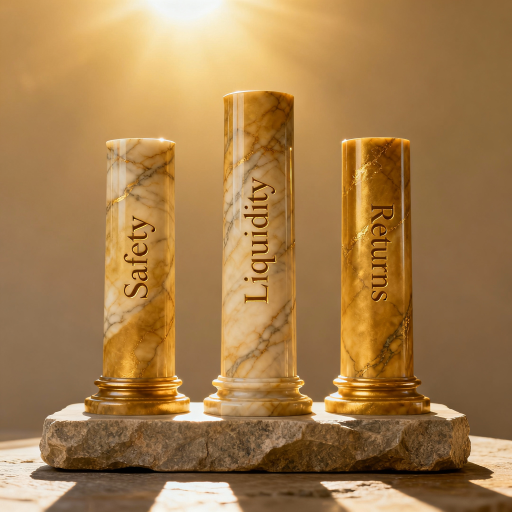
The art is in balancing them, like mixing salt, sugar, and spice in perfect proportion.
This balance is the foundation of long-term wealth creation — something we explored deeply in The Path to Real Wealth: Why Patience and Compounding Beat Shortcuts.
Understanding the Risk vs. Return Trade-Off (The Investor’s Math)

Let us visualize this simply:
| Risk | Potential Return | Typical Example |
|---|---|---|
| Low | 5–7% | Fixed Deposit, PPF |
| Medium | 7–10% | Debt Mutual Funds, NPS |
| High | 10–15%+ | Equity, Stocks |
The emotional truth?
Higher returns demand patience, not fearlessness.
Every percent of return you chase beyond safety adds a little emotional turbulence, the price you pay for growth.
When you truly understand this trade-off, fear becomes logic.
If you often feel tempted by high returns and market hype, Why You Keep Chasing Quick Profits explains the hidden cost of that emotional chase.
The Healing Power of Time: Why Long-Term Investing Works
Volatility is like waves, frightening up close, peaceful from afar.

The longer your time horizon, the smoother the ride becomes.
| Period | Average Nifty 50 Return | Probability of Loss |
|---|---|---|
| 1 Year | ~10–12% | 35% |
| 5 Years | ~11–13% | 10% |
| 10+ Years | ~12–15% | <2% |
See that?
Time doesn’t just grow your money, it heals volatility.
This is why investing early matters more than investing big.
It’s the same principle that defines a peaceful financial life — explored further in The Hidden Cost of Constant Hustle: Why Doing Less Earns More.
SIP vs. FD: A Real Comparison of Wealth Creation in India
Let us make it tangible.
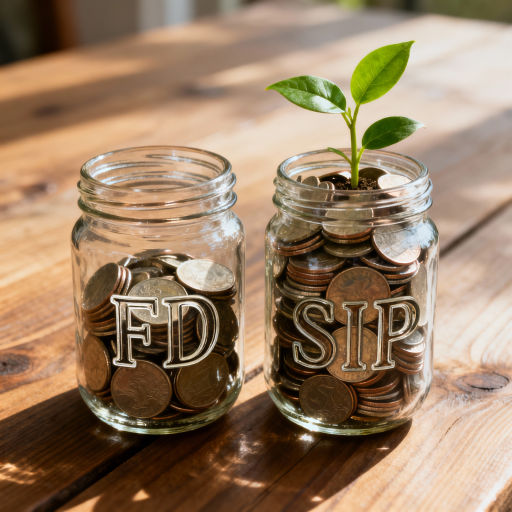
Say you invest ₹5,000/month for 10 years.
| Option | Return Rate | Final Value | Total Gain |
|---|---|---|---|
| FD | 6.5% | ₹8.3 lakh | ₹2.3 lakh |
| Equity Mutual Fund SIP | 12% | ₹11.6 lakh | ₹5.6 lakh |
The difference? ₹3.3 lakh more, just for being patient and consistent.
That is the quiet magic of compounding when paired with emotional discipline.
The Top 9 Best Investment Options in India for 2025
Now let us go one by one, calmly, practically, without hype.

1. Equity Mutual Funds: High-Return Potential for Long-Term Goals

- What they are: A pool of investors’ money invested in company stocks by professionals.1
- Historical Returns: 12–15% CAGR over 10–15 years.
- Risk: Moderate–High.
- Ideal For: Long-term goals (5+ years).
Why it works:
They balance diversification with professional management. You do not need to pick stocks, experts do it for you.
For a deeper understanding of how patience compounds wealth quietly over years, revisit The Path to Real Wealth: Why Patience and Compounding Beat Shortcuts.
Psychology insight:
Many investors panic during market falls, withdraw early, and miss the rebound. This emotional reaction reduces actual returns far below what data promises.
If you simply stay invested, you often outperform 70% of active investors.
2. Index Funds & ETFs: Low-Cost Investing for Consistent Market Returns

- Return: 11–13% (matches market average).
- Risk: Moderate.
- Why It’s Powerful: Low cost, low stress.
Psychology: Removes “ego investing,” you are not trying to beat the market, just ride it.
Sometimes the wisest investors are not the smartest, they are the calmest.
3. Fixed Deposits (FDs): Your Safest Bet for Short-Term Liquidity in 2025
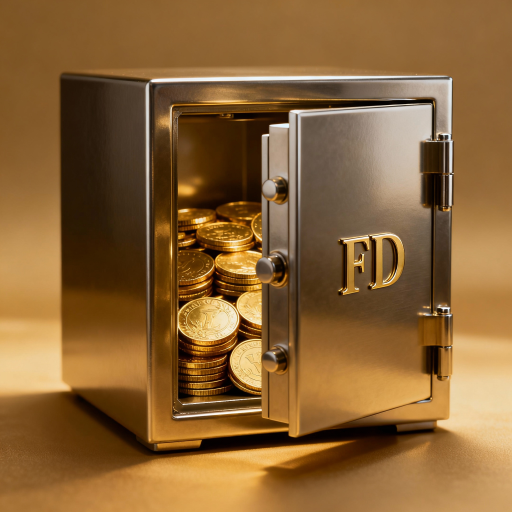
- Return: 6.5–7.5% in 2025.
- Risk: Very low.
- Why People Love It: Predictability.
The Catch: Inflation.
If inflation is 6% and your FD gives 7%, your real return (after tax) is around 4.8%.
Still, FDs are useful for short-term parking and emotional peace.
It is okay to have some money where your heart feels calm, not just where math looks perfect.
4. Debt Mutual Funds: Balanced Returns for Medium-Term Goals (2-5 Years)

- Return: 7–9% historically.
- Risk: Low–Medium (interest rate + credit).
- Ideal For: 2–5 year goals.
- Tax Edge: Lower tax than FD after 3 years due to indexation.
These are great for those who dislike volatility but want slightly better returns than FDs.
5. Gold & Sovereign Gold Bonds (SGB): A Hedge Against Inflation and Risk

- Return: ~7–8% CAGR (20-year average).
- Bonus: 2.5% annual interest on SGB + no capital gains tax after maturity.2
- Risk: Medium (price cycles).
Gold gives emotional and geopolitical safety.3 But remember:
Gold protects wealth; it doesn’t multiply it fast.4
Keep 5–10% of your portfolio here.
6. Real Estate: Analyzing Opportunity Cost vs. Tangible Ownership

- Average Return: 6–9% (including rent).
- Risk: High (liquidity + market).
- Why People Love It: Tangible ownership, emotional pride.
But mathematically, property underperforms equities long term.
The real cost is illiquidity and maintenance.
If your home is for living, it is security.
If it is for investing, compare opportunity cost carefully.
7. National Pension System (NPS): The Tax-Efficient Retirement Auto-Pilot

- Return: 9–11% (balanced equity + debt).
- Lock-in: Till retirement.
- Tax Benefit: ₹50,000 extra deduction (Sec 80CCD(1B)).
This is a great “auto-pilot retirement tool.”
You cannot touch it early, and that is its greatest gift.
8. Direct Stocks: High Risk, High Reward for Expert Indian Investors
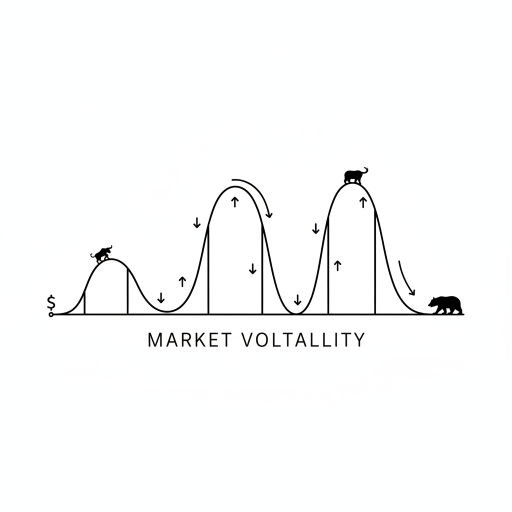
- Return Potential: 12–20%+ (if chosen wisely).
- Risk: Very high.
- Why People Lose: Overconfidence, FOMO, panic exits.
Invest in direct stocks only when you understand businesses and can stay calm through storms.
Otherwise, remember:
The market transfers wealth from the impatient to the patient.
9. PPF & Government Schemes: Tax-Free, Guaranteed Investment Security

- Return: ~7.1–7.6%, tax-free.
- Lock-in: 15 years.
- Use Case: Safe, stable, emotional comfort.
PPF is like that old friend, not flashy, but always reliable.
Building Your 2025 Investment Portfolio: A Step-by-Step Guide
You have understood the options. Now let us build your map.
Step 1: Understand Your Investor Profile (Warrior vs. Worrier)
Ask:
👉 Am I a warrior or a worrier?
If you often feel like you’re not progressing fast enough, read How to Measure Real Progress in Life (When Money Isn’t Enough). It’s a reflection on redefining success beyond numbers.

Your emotional strength determines your investment mix more than your income.
Step 2: Defining Financial Goals (Short-Term, Medium-Term, Long-Term)
- Short-term (1–3 yrs): Safety first, FDs, liquid funds.
- Medium-term (3–7 yrs): Mix of equity + debt.
- Long-term (7+ yrs): Focus on equity, SIPs, NPS.
Step 3: Matching Goals With Right Investment Instruments in India
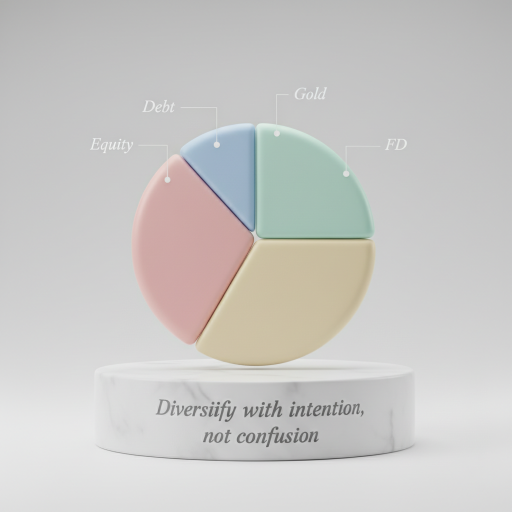
| Goal | Suggested Investment | Risk | Ideal Tenure |
|---|---|---|---|
| Emergency Fund | FD / Liquid Fund | Low | Anytime |
| Car / House Down Payment | Debt Fund / Hybrid Fund | Medium | 3–5 yrs |
| Retirement | NPS / Equity MF | High | 10–20 yrs |
| Child Education | SIP in MF + PPF | Medium | 8–12 yrs |
Step 4: Sample Portfolio Allocations (Conservative to Aggressive Mix)
| Risk Type | Equity | Debt | Gold | FD/PPF |
|---|---|---|---|---|
| Conservative | 30% | 40% | 10% | 20% |
| Balanced | 50% | 25% | 10% | 15% |
| Aggressive | 70% | 15% | 10% | 5% |
Balance changes with life stages.
What matters is consistency, not perfection.
Step 5: Automate Your Savings to Remove Emotional Bias
Set auto-debit SIPs.
Automation removes emotion, your biggest enemy and best friend.
Step 6: Review Yearly, Not Daily (The Patience Principle)
Investing is like planting trees. Checking daily will not make them grow faster, it will only make you anxious.
The Psychology of Wealth: Why Patience Beats Perfection
The richest people are not those who timed the market, they are those who stayed in it.
Compounding is emotional math.

In the early years, it tests your patience. In the later years, it rewards your faith.
That mindset — slowing down and staying consistent — echoes what we shared in The Hidden Cost of Constant Hustle: Why Doing Less Earns More.
If you invest ₹10,000/month at 12% for 25 years, you will put in ₹30 lakh and end up with ₹1.4 crore.
That is not luck, that is emotional discipline translated into math.
In investing, your behavior matters more than your IQ.
Gentle Takeaway: You’re Doing Better Than You Think
If you have read till here, pause for a second.
You have already done more than most people, you have started understanding your money.
And that is where real wealth begins, in awareness.
You do not need to master every chart or formula.
You just need three things:
- Clarity – Know where your money is going.
- Discipline – Stay consistent.
- Patience – Let time do its work.
Because the truth is simple:
True wealth is not in how fast your money grows, but in how peacefully you sleep while it does.
You are not late. You are learning.
And in this journey, that is the best investment you will ever make. 🌱

And remember, growth isn’t just financial. It’s emotional and spiritual too — like we discussed in How to Measure Real Progress in Life (When Money Isn’t Enough).
If you have read this till the end, thank you❤️
With love,
Your Dearest Friend,
Chitraansh







